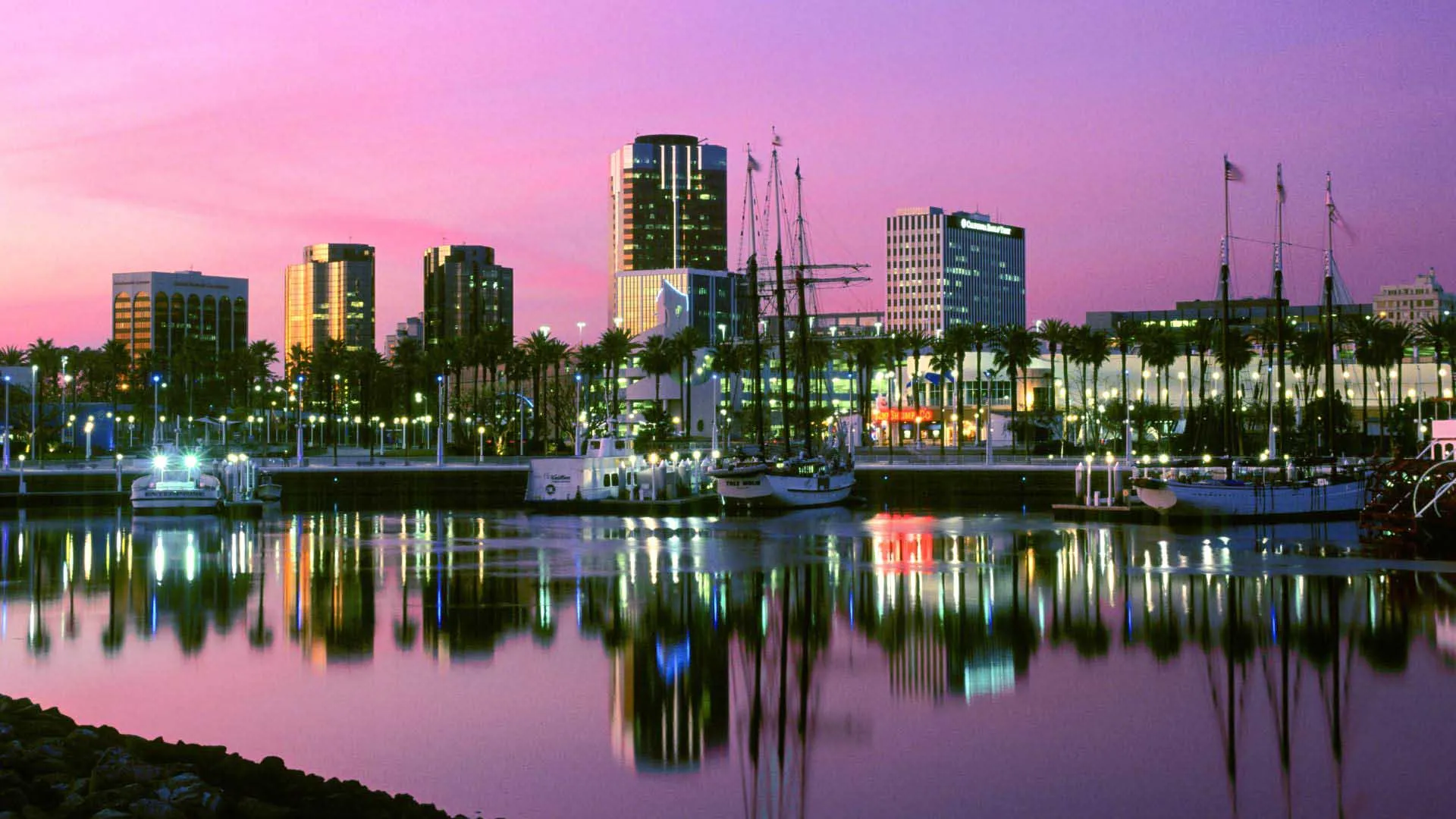 Brian Gurrola/Flickr
Brian Gurrola/Flickr
California high schools that serve largely Latino or African American students are failing them as pathways to college, according to a new report by a statewide education policy, research and advocacy organization.
Just 10 percent of high schools that serve primarily Latino students have above-average graduation and college-going rates for Latinos. The same is true for African Americans at 24 percent of high schools serving the largest proportions of African American students, the Education Trust?West found. Many students in both populations are low-income.
The college-going rate among Latino and African American students who graduated high school in 2010 lagged behind that of white and Asian students by 20 and more than 30 percentage points, respectively. The estimate, released last week, found 45 percent of Latinos and 46 percent of African Americans in the class of 2010 enrolled in college.
Like our content?
Help us do more.
Researchers analyzed high school graduation rates for students who earned diplomas in 2010 and estimated their college-going rates using data from 2009, the first year such information was available. Their findings, they said, were disturbing.
"Far too few schools with large populations of African American, Latino and low-income students are serving as pipelines to post-secondary education," the report said. Post-secondary education includes both community colleges and four-year universities.
Among high schools with the highest proportions of African American students, 52 percent were considered either "broken pipelines," schools where African Americans graduate and go on to college at lower rates than statewide averages, or "not college bound," schools where African Americans had higher-than-average graduation rates but lower college-going rates.
Nine out of 10 Latino-dominant high schools were either broken pipelines or not college bound, researchers found.
Still, Orville Jackson, senior research analyst at the Education Trust?West, said he was pleased to find a number of schools serving as college pipelines.
There were "not as many as we'd like, but at least (there were) some schools where we could highlight where it's possible," he said. "They're kind of showing that it can be done ? that you can both graduate above average and send those kids on to college."
Imperial High School is among those identified as a college pipeline. The school, located less than 20 miles north of the Mexican border in Imperial County, has about 1,000 students, three-fourths of whom are Latino.
Ninety-two percent of Imperial High's Latino students graduated in 2010, according to the report. Among graduates, an estimated 78 percent went on to college.
Imperial High partners with its district's middle school, the local community college and San Diego State University to instill a "college-going culture," said Roger Ruvalcaba, the school's principal.
Although its graduation requirements do not mirror entrance requirements for the University of California and California State University systems ? something the Education Trust?West recommends for all high schools ? the school's counselors discuss both graduation and state university admissions requirements starting in eighth grade, Ruvalcaba said.
The school has also made efforts to make college preparation the default. In previous years, the school offered seniors an after-school opportunity to take a reading, writing and math exam?for placement at community colleges; about 75 to 80 students typically participated, Ruvalcaba said. This year, however, Imperial High integrated the test into the school day and had all its seniors participate.?
As a result, all seniors had test scores they could use at nearby Imperial Valley College ? where most of the school's graduates matriculate ? or other community colleges. Even for students who plan to attend four-year universities, Ruvalcaba said, the test shows them where they could place at a post-secondary level.
"You always have kids who say they're going to go away (to college) and then something happens," he said. "It's just another thing that helps them."
Orville would like to see more schools like Imperial High.
"If we increase the rigor and requirements at our high schools, that's going to be good for everyone," he said. "We need to have high expectations for all students."
sheryl sandberg superbowl recipes super bowl kick off chili recipes carlos condit diaz vs condit super bowl 2012 kickoff time
No comments:
Post a Comment
Note: Only a member of this blog may post a comment.